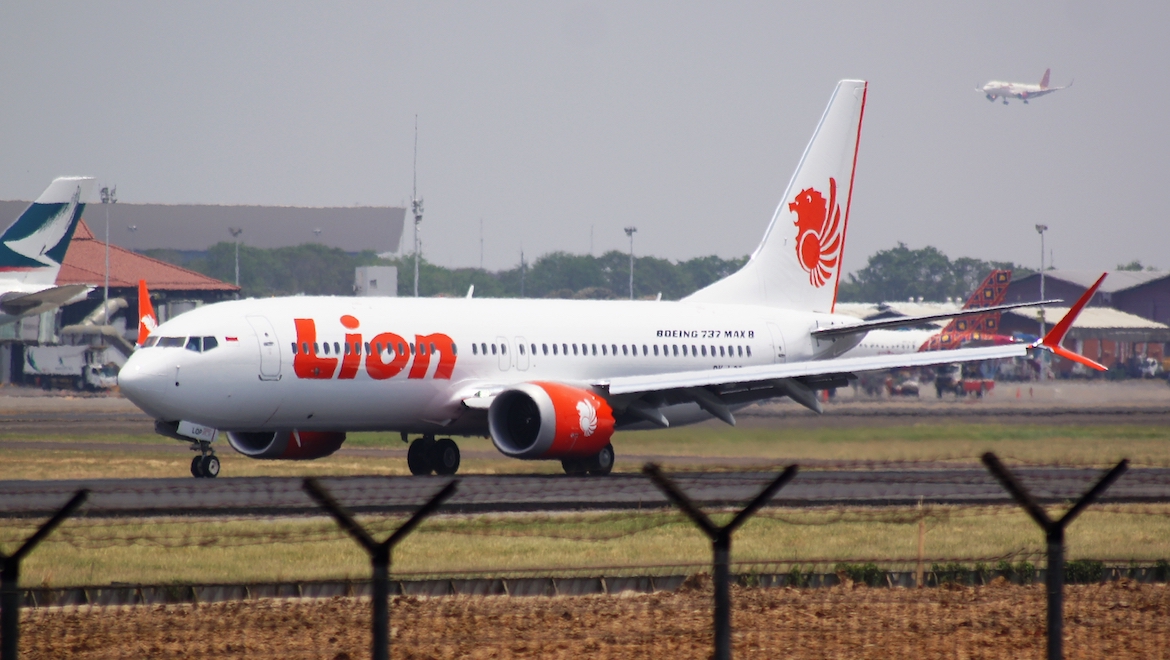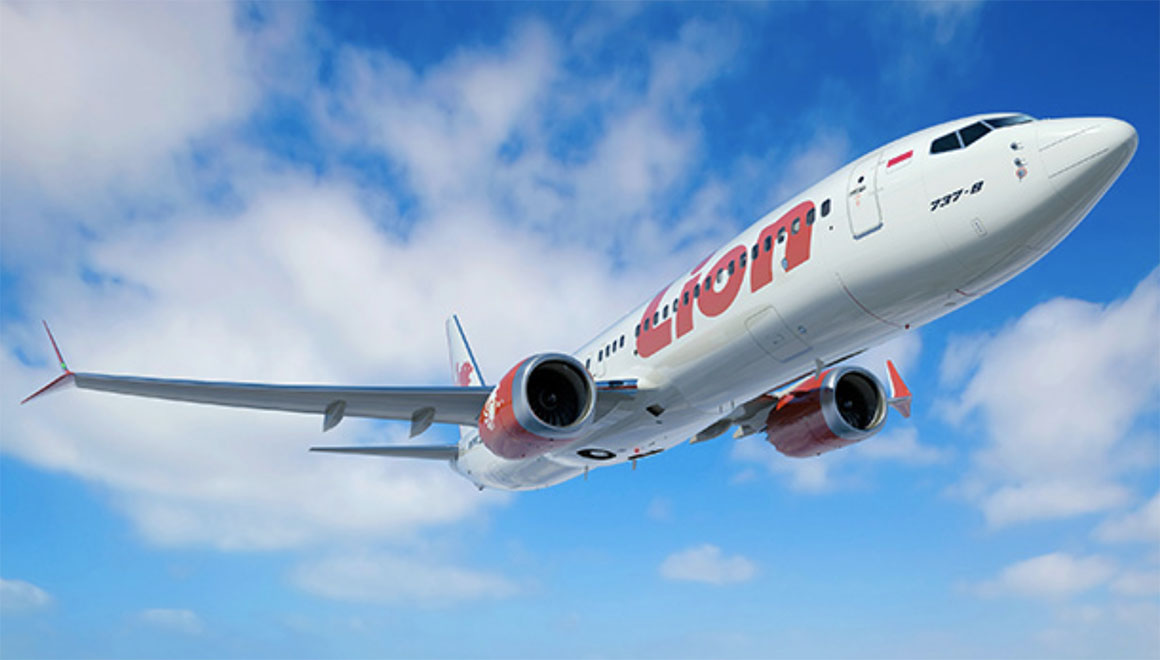
Indonesia’s National Transportation Safety Committee (NTSC) has released the final report into the crash of Lion Air flight JT 610.
The Boeing 737 MAX 8 PK-LQP had just taken off from Jakarta’s Soekarno–Hatta International Airport bound for Pangkal Pinang when it plunged into the Java Sea on October 29 2018. The accident killed 181 passengers and eight crew. There were no survivors.
The Aviation Herald has published extracts from the NTSB’s findings that were released on Friday, October 25 2019.
Portions of The Aviation Herald’s report that relate to the probable cause of the accident is reproduced here, with minimal editing:
On Oct 25th 2019 Indonesia’s KNKT (also known as NTSC) released its final report concluding the probable causes of the crash were:
Contributing factors defines as actions, omissions, events, conditions, or a combination thereof, which, if eliminated, avoided or absent, would have reduced the probability of the accident or incident occurring, or mitigated the severity of the consequences of the accident or incident. The presentation is based on chronological order and not to show the degree of contribution.
– During the design and certification of the Boeing 737-8 (MAX), assumptions were made about flight crew response to malfunctions which, even though consistent with current industry guidelines, turned out to be incorrect.
– Based on the incorrect assumptions about flight crew response and an incomplete review of associated multiple flight deck effects, Maneuvering Characteristics Augmentation System’s (MCAS) reliance on a single sensor was deemed appropriate and met all certification requirements.
– MCAS was designed to rely on a single AOA sensor, making it vulnerable to erroneous input from that sensor.
– The absence of guidance on MCAS or more detailed use of trim in the flight manuals and in flight crew training, made it more difficult for flight crews to properly respond to uncommanded MCAS.
– The AOA DISAGREE alert was not correctly enabled during Boeing 737-8 (MAX) development. As a result, it did not appear during flight with the mis-calibrated AOA sensor, could not be documented by the flight crew and was therefore not available to help maintenance identify the mis-calibrated AOA sensor.
– The replacement AOA sensor that was installed on the accident aircraft had been mis-calibrated during an earlier repair. This mis-calibration was not detected during the repair.
– The investigation could not determine that the installation test of the AOA sensor was performed properly. The mis-calibration was not detected.
– Lack of documentation in the aircraft flight and maintenance log about the continuous stick shaker and use of the Runaway Stabilizer NNC (Non-Normal Checklist) meant that information was not available to the maintenance crew in Jakarta nor was it available to the accident crew, making it more difficult for each to take the appropriate actions.
– The multiple alerts, repetitive MCAS activations, and distractions related to numerous ATC communications were not able to be effectively managed. This was caused by the difficulty of the situation and performance in manual handling, NNC execution, and flight crew communication, leading to ineffective CRM application and workload management. These performances had previously been identified during training and reappeared during the accident flight.
More information about the accident can be found on The Aviation Herald website.

Meanwhile, Boeing chief executive Dennis Muilenburg said in a statement after the final report into the Lion Air accident was released the company was addressing the safety recommendations in the report.
“We commend Indonesia’s National Transportation Safety Committee for its extensive efforts to determine the facts of this accident, the contributing factors to its cause and recommendations aimed toward our common goal that this never happens again,” Muilenburg said.
Further, Muilenburg said Boeing valued its long-standing partnership with Lion Air looked forward to continuing to work together in the future.
The Boeing statement said the company had redesigned the way the Angle of Attack (AOA) sensors worked with MCAS.
“Going forward, MCAS will compare information from both AoA sensors before activating, adding a new layer of protection,” Boeing said.
“In addition, MCAS will now only turn on if both AoA sensors agree, will only activate once in response to erroneous AOA, and will always be subject to a maximum limit that can be overridden with the control column.
“These software changes will prevent the flight control conditions that occurred in this accident from ever happening again.
Further, Boeing said it was updating crew manuals and pilot training to “ensure every pilot has all of the information they need to fly the 737 MAX safely”.












